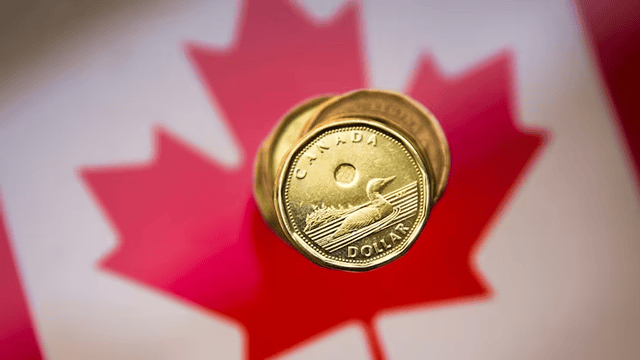
CTV political analyst Evan Solomon shares his thoughts on U.S. President Donald Trump's decision to introduce a 25% tariff on steel and aluminum imports.
In a significant move that could shake up global trade, former U.S. President Donald Trump announced plans to impose a fresh 25% tariff on all steel and aluminum imports. This decision, which follows previous metal tariffs introduced during his first term, marks another step in his aggressive trade policy overhaul.
New Trade Tariffs Incoming
Speaking to reporters aboard Air Force One while en route to the Super Bowl in New Orleans, Trump confirmed that the official announcement would come on Monday. Additionally, he stated that reciprocal tariffs—designed to match the trade duties of other countries—would follow on Tuesday or Wednesday.
“If they charge us, we charge them,” Trump said, emphasizing the tit-for-tat approach of his trade plan.
While Trump remains firm on his decision, Canada has yet to respond. A government source in Ottawa told Reuters that they would wait for more details or a formal written order before taking any action.
U.S. Steel Policy and Foreign Investments
Trump also addressed concerns regarding foreign investments in U.S. Steel. While he confirmed that Japan’s Nippon Steel would be allowed to invest in the company, he made it clear that a majority stake would not be permitted. He expressed confidence that tariffs would revitalize the industry, stating, “Tariffs are going to make it very successful again, and I think it has good management.”
Nippon Steel has not yet commented on the latest developments.
Uncertain Future for Existing Trade Deals
During his first presidency, Trump imposed a 25% tariff on steel and 10% on aluminum. Some countries, including Canada, Mexico, and Brazil, were later granted exemptions. His successor, Joe Biden, negotiated additional trade deals with Britain, the European Union, and Japan to create duty-free quotas. However, it remains unclear how these agreements will be affected by Trump’s new policy.
The impact of Trump’s previous tariffs was evident. Steel production in the U.S. surged to over 80% capacity in 2019 but later declined due to China’s increasing global dominance, which drove down prices. An aluminum plant in Missouri, which had benefited from the tariffs, was shut down last year.
Canada’s Key Role in U.S. Aluminum Supply
Canada is the largest supplier of aluminum to the U.S., accounting for nearly 79% of imports in the first 11 months of 2024. The country also plays a crucial role in steel exports, alongside Mexico, Brazil, South Korea, and Vietnam.
Quebec Premier François Legault criticized Trump’s new trade stance, questioning whether the U.S. would prefer to rely on China for its aluminum needs. He called for immediate negotiations on a revised free trade agreement rather than waiting for the scheduled 2026 review, saying, “We must end this uncertainty.”
Matching Tariffs and Border Security Issues
Trump also pointed to trade imbalances, particularly the European Union’s 10% tariff on American cars, compared to the U.S. charging just 2.5% on European vehicles. However, he did not address America’s 25% tariff on imported pickup trucks, which remains a significant advantage for U.S. automakers.
Additionally, Trump linked trade policies to border security. He has threatened a 25% tariff on all Canadian and Mexican imports unless both nations take stronger steps to curb illegal migration and drug trafficking. While Mexico and Canada have implemented some new security measures, Trump dismissed them as insufficient, stating, “It’s not sustainable, and I’m changing it.”















